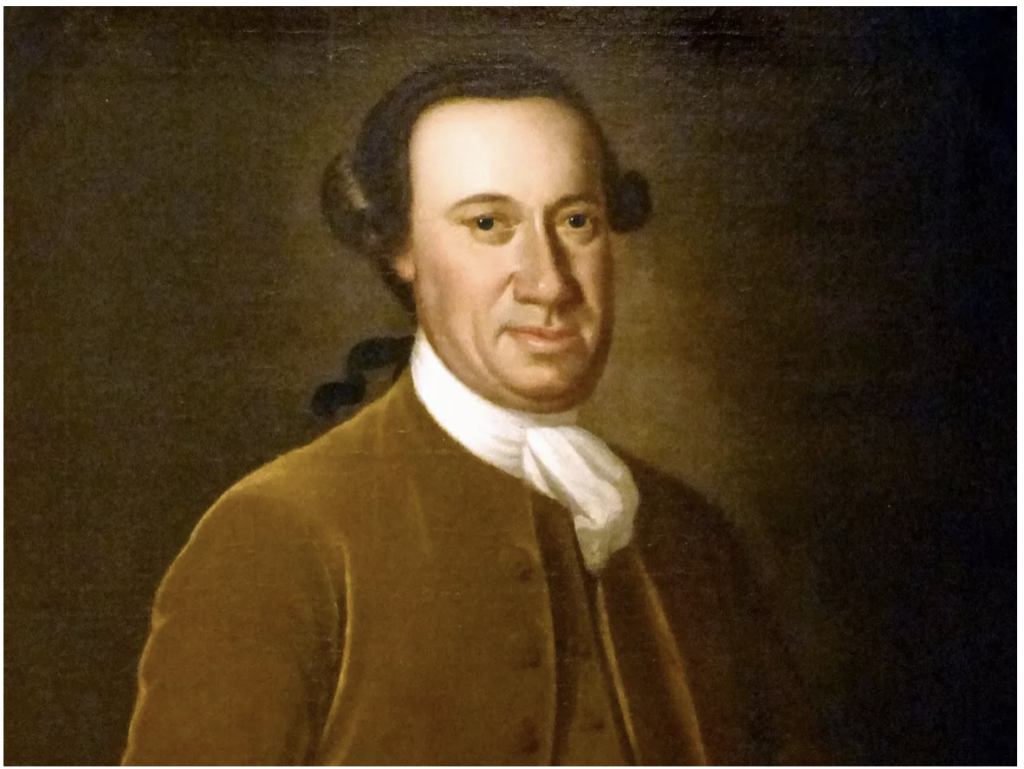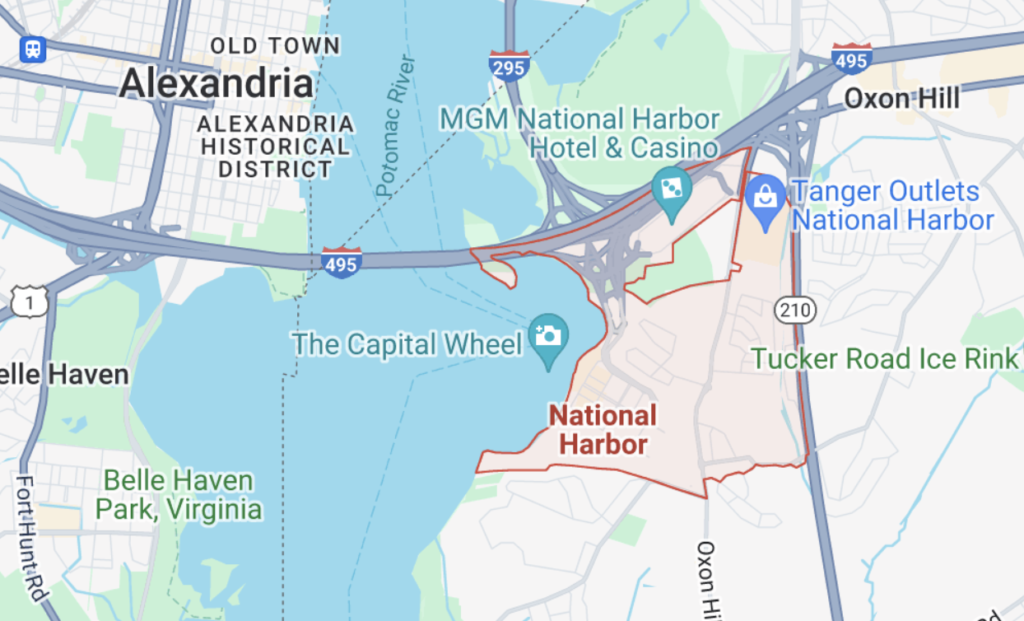A Quick Glance At An Overlooked Person
It’s such a strange question. Most folks would answer, “George Washington,” and technically, that answer would be partially correct. While it is true that George Washington was elected president in 1789 and sworn in on April 30 of that same year, there was an earlier first president.
The American Revolutionary War started on April 19, 1775, at Lexington and Concord in Massachusetts. More than a year later, the Second Continental Congress gathered in Philadelphia and framed the Declaration of Independence, which was adopted on July 4, 1776.
The war continued until the signing of the Treaty of Paris in 1783. Washington wasn’t elected until 1789, almost fourteen years after ‘the shot heard ‘round the world’ was fired on 19 April, 1775 in Lexington and Concord. So, who was in charge of our country in the interim?
Shortly after the Declaration of Independence was issued, the Second Continental Congress worked on crafting the document that would define our country’s government. The result was the Articles of Confederation and Perpetual Union, designed to frame a delicate balance of power among the sovereign states and a federal government. The document took a year and a half to compose and a further four years to be ratified by all thirteen colonial states.
The result was that, finally, in 1781, the United States had a federal government. John Hanson of Maryland was the first man to lead this newly formed government. On November 5, 1781, sixty-year-old John Hanson was sworn in as the country’s first president Under the Articles of Confederation.
Between 1781 and 1789 ten men served as president under the Articles of Confederation, including John Hancock and Thomas Mifflin.

John Hanson was both well-known and well-respected during his lifetime but seemingly is lost in American history books. During his single-year term of office, he fashioned a cabinet and created positions in Foreign Affairs, Finance, and War. He made way for the nation’s first central bank, the Bank of North America. He appointed John Adams, Benjamin Franklin, and John Jay as the American delegation to Paris to negotiate the Treaty of Paris. Additionally, he declared that the Fourth of July and Thanksgiving should be celebrated as annual observances.
Upon John Hanson’s death in Maryland on November 22, 1783, he was interred on his nephew’s Prince George’s County estate, Oxon Hill Manor. His gravesite, which should have been long-remembered and honored, was tragically destroyed. In 1984, some 200 years after his burial, Oxon Hill Manor was purchased by a developer, and through a series of incompetent and perhaps criminal activities, the gravesite was robbed, and the body of John Hanson mysteriously vanished.
The land eventually passed into the hands of Peterson Companies, one of the largest privately-owned real estate companies in the Washington, DC area, developed and renamed National Harbor.


Welcome to 3-Minutes A Day University, where you can learn a little about a lot of things every day in three minutes or less. We help you expand your knowledge and understanding of the real world, and 3-MAD University is tuition-free. Our wide-ranging syllabus includes a fascinating insight into topics including Health and Medicine, Science, Sports, Geography, History, Culinary Arts, Finance and the Economy, Music and Entertainment, and dozens more. You will impress yourself, your friends, and your family with how easy it is to learn facts and perspectives about the world around you. One topic you will never find covered is politics. We hope you enjoyed the previous three minutes. If you liked this post, please pass it along to a friend.
Was this email forwarded to you? Subscribe Here.
© Copyright 2024. 3-Minutes A Day University All Rights Reserved. Unsubscribe

